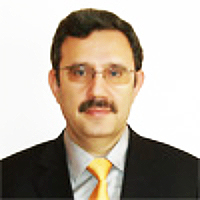Status of hemodialysis patients using complementary and alternative medicine practices during the COVID-19 pandemic
Published on: 31st August, 2022
The use of complementary and alternative medicine (CAM) applications increased by 39.3% of individuals with chronic diseases during the pandemic process in Turkey. For this reason, this descriptive study was conducted to determine the use of integrative and integrated medicine practices in hemodialysis patients during the COVID-19 pandemic. The population of the study consisted of individuals who were treated in a hemodialysis unit in the city center (n = 235). It was planned to include whole of the population by using the whole number method, but patients, who did not agree to participate in the study and did not meet the inclusion criteria of the study, were excluded from the sample and the study was conducted with 160 patients between 1 June and 1 September 2021. As a data collection tool, a questionnaire consisting of 30 questions including socio-demographic and disease characteristics of the patients was prepared by the researcher upon review of related literature. Considering the distribution of phytotherapy method (herbal treatment) usage frequency of integrative and integrated medicine applications of individuals before the COVID-19 pandemic and during the COVID-19 pandemic period, the most vitamins (21.8%), prebiotics (12.5%), and honey (%) 10.6), their use was found to be high. During the COVID-19 pandemic, the use of massage (40%), breathing exercises (30.0%) and spiritual therapy (28.7%) applications increased. As a result, it is seen that integrative and integrated applications are considered in the process of dealing with hemodialysis patients. Physicians need to be aware of and ask patients about their use of integrated and integrated health practices.




